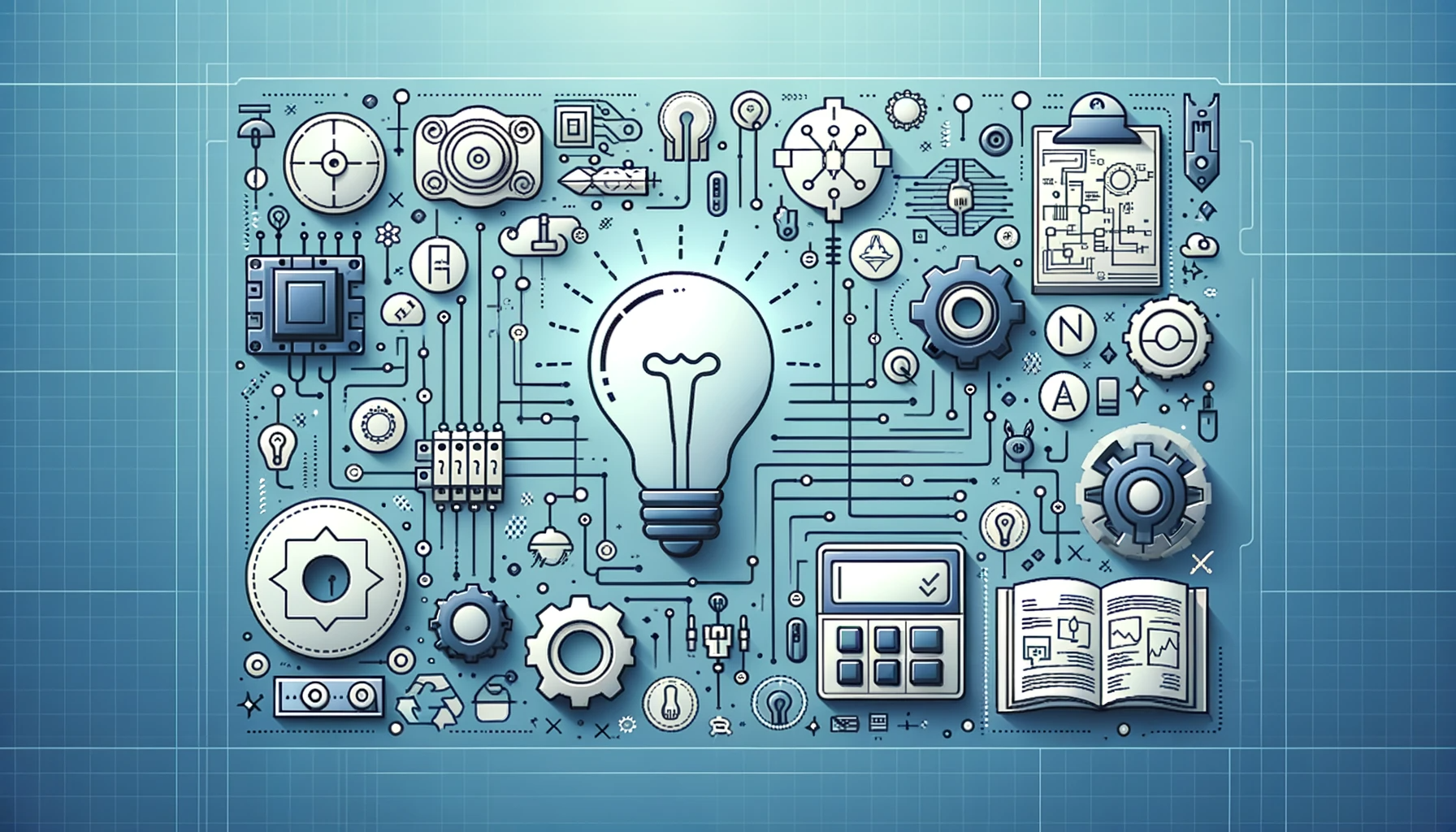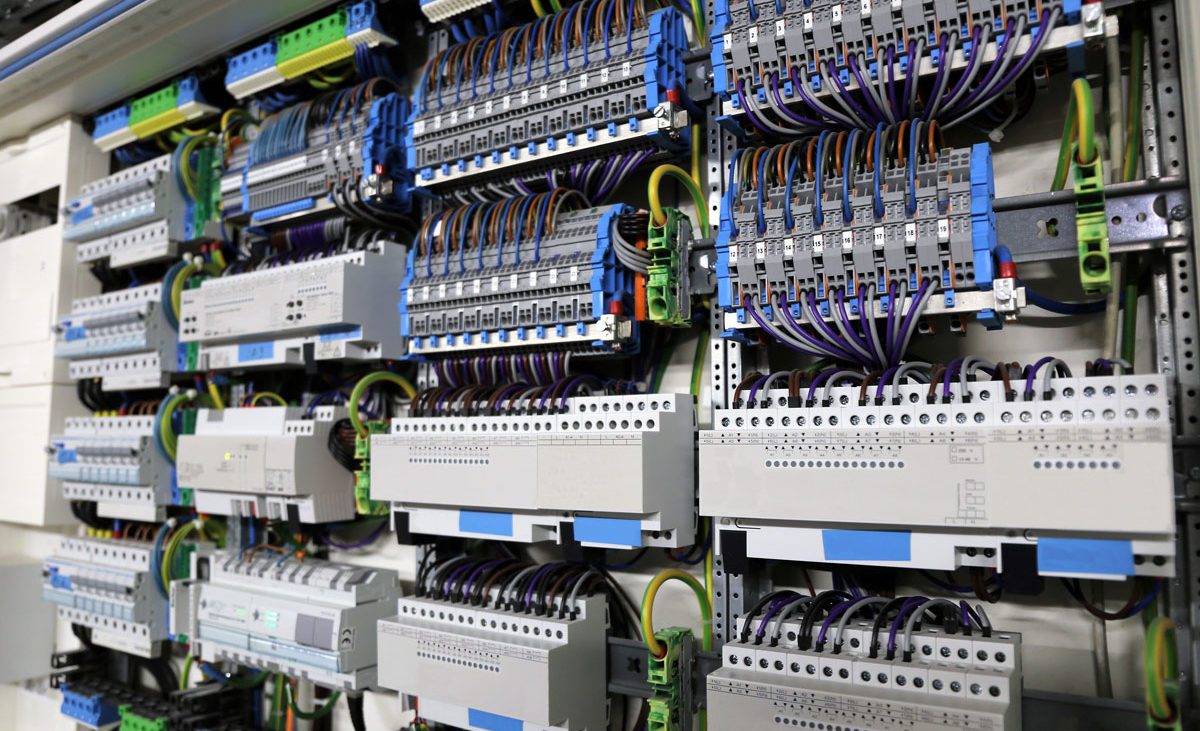Comprehensive Electrical Engineering Design Services for Residential and Industrial Solutions
Comprehensive Electrical Engineering Design Services for Residential and Industrial Solutions
Blog Article
Ingenious Electrical Design Providers for Modern Framework
As city settings grow increasingly complicated, integrating technologies such as smart grids and renewable energy sources comes to be critical. These developments not only promise to optimize power consumption yet also foster strength versus future demands.
Value of Ingenious Electrical Design
Innovative electrical design plays an important role in contemporary facilities, influencing not only performance however also sustainability. As cities advance and the demand for energy rises, the need for innovative electrical systems becomes extremely important. These systems need to not only fulfill present needs yet likewise expect future growth and technical improvements.
A well-executed electric design can dramatically minimize energy usage, thereby reducing operational prices and decreasing environmental impact. By incorporating renewable resource sources, such as photovoltaic panels and wind turbines, ingenious designs can boost power independence and strength. Wise grid modern technologies enable for real-time monitoring and administration of power circulation, maximizing efficiency and minimizing waste.
Security is another essential facet of electric design. Implementing advanced innovations and extensive criteria can reduce threats connected with electrical failures, making sure a protected atmosphere for businesses and residents alike. In addition, cutting-edge styles promote flexibility, allowing facilities to integrate emerging innovations flawlessly.
Trick Fads in Electrical Design
As the landscape of electrical design proceeds to evolve, several vital fads are shaping the future of the industry. One significant fad is the integration of smart innovation right into electrical systems. The spreading of the Internet of Points (IoT) has actually made it possible for real-time surveillance and control of electrical devices, improving performance and facilitating anticipating maintenance.
An additional fad is the growing focus on modular design. This approach enables flexible and scalable services, allowing facilities to adapt to transforming needs without substantial improvements. Furthermore, the usage of innovative simulation tools and Structure Information Modeling (BIM) is coming to be significantly widespread, enhancing the design process and improving partnership amongst stakeholders.
Furthermore, developments in products science are resulting in the development of lighter, much more durable, and energy-efficient components. This advancement is specifically important for high-performance buildings and facilities tasks.
Finally, there is a marked change towards data-driven decision-making - electrical design services. Leveraging data analytics assists developers optimize systems for efficiency and cost-effectiveness. With each other, these trends indicate a transformative era in electrical design, boosting capability, sustainability, and strength in modern-day infrastructure
Lasting Energy Solutions
Sustainable power remedies are progressively ending up being a crucial focus in electrical design, mirroring a broader dedication to environmental responsibility and resource performance. These services intend to decrease environmental influence while optimizing energy usage in different infrastructures, from domestic structures to huge commercial facilities.
One of the foremost methods includes the integration of renewable power sources, such as solar panels and wind turbines, into electrical systems. This not just minimizes reliance on fossil fuels however also improves power strength. Additionally, innovative power storage space systems, such as sophisticated batteries, make it possible for reliable monitoring and circulation of energy, ensuring that surplus energy generated throughout peak manufacturing can be utilized throughout high need periods.
In addition, energy-efficient design techniques are being adopted to enhance total system performance. This consists of utilizing energy-efficient lights, cooling and heating systems, and clever structure modern technologies that adjust and monitor power usage based upon occupancy and ecological conditions.
Smart Grid Technologies
The implementation of lasting energy services normally brings about the exploration of wise grid innovations, which play a critical duty in modernizing electrical systems. Smart grids take advantage of progressed communication innovations and information analytics to improve the reliability, performance, and sustainability of power distribution. By integrating digital innovation with traditional grid infrastructure, these systems help with real-time surveillance, automated control, and boosted decision-making abilities.
One of the essential functions of smart grids is Related Site their ability to accommodate renewable resource sources, such as solar and wind power. This flexibility not only reduces dependency on nonrenewable fuel sources but additionally allows for a much more decentralized energy manufacturing model. Smart grids enable demand reaction programs, where customers can change their power use based on real-time prices, thereby promoting power preservation and lowering peak lots demands.
Additionally, clever grid technologies improve grid resilience by making it possible for quicker recognition and resolution of interruptions, inevitably decreasing downtime. With predictive upkeep and analytics, utilities can enhance and maximize procedures solution distribution. As areas and cities proceed to progress, wise grid innovations are essential for developing a reliable and sustainable electrical framework that satisfies the demands of modern-day culture.

Future-Proofing Framework
To make certain long-term viability and flexibility, future-proofing framework is important in the swiftly developing landscape of electrical design solutions. As modern technology advances and power needs shift, it is crucial that electric systems are developed with adaptability in mind. This involves including scalable remedies that can accommodate future upgrades without necessitating comprehensive overhauls.

In addition, sustainability should be a keystone of future-proofed styles. Utilizing eco-friendly power resources, such as solar and wind, and maximizing power effectiveness decrease reliance on nonrenewable fuel sources, aligning with global efforts to combat environment adjustment.
Final Thought
Finally, ingenious electric design services play a critical duty in forming modern-day infrastructure. By focusing on effectiveness, flexibility, and sustainability, these solutions deal with the progressing demands of power systems. The combination of wise grid modern technologies and lasting energy remedies improves resilience and reduces functional prices. Future-proofing infrastructure through sophisticated simulation devices and modular strategies makes certain that electrical systems remain responsive to altering demands, eventually adding to an extra energy-independent and sustainable future.
A well-executed electrical design can significantly lower power intake, consequently decreasing operational costs and minimizing ecological effect. By including sustainable power sources, such as solar panels and wind generators, cutting-edge layouts can improve energy self-reliance and durability. Additionally, cutting-edge power storage systems, such as advanced batteries, allow efficient management and distribution of energy, making certain that surplus power created during peak manufacturing can be utilized throughout high need durations.
Smart grids enable need response programs, where this article consumers can adjust their power usage based on real-time rates, thereby promoting power preservation and reducing peak lots needs. (industrial electrical design)
As technology breakthroughs and power demands change, it is critical that electric systems are made with adaptability in mind.
Report this page